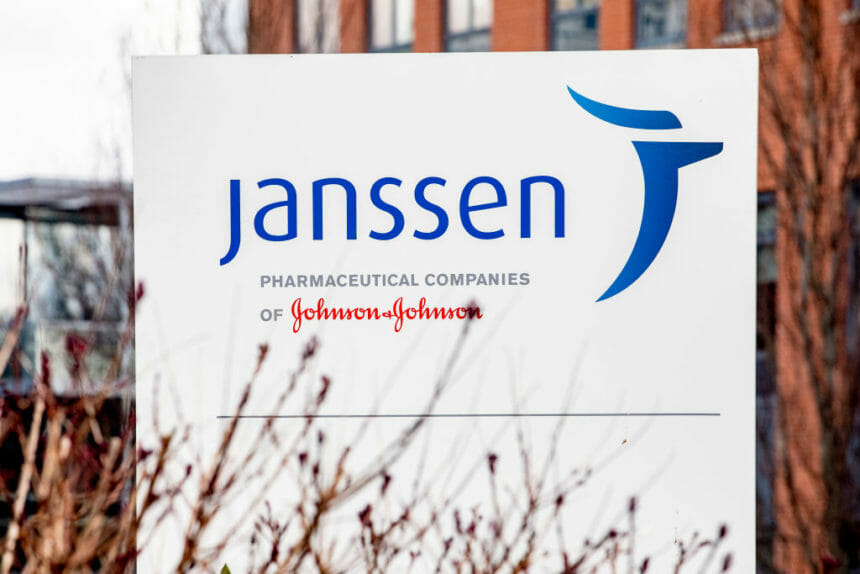U.S. healthcare professionals enjoyed a favorable level of customer experience (CX) last year from most pharma firms. However, three drugmakers found themselves within arm’s reach of achieving a CX badge of excellence, thanks to efforts to improve their interactions.
Janssen and Merck earned scores of 72 and 71, respectively, moving up from 55 and 60 the year prior, while Novo hovered at 70. Those translated into a “good” score on the CX scale and put the trio within mere ticks of a coveted “excellent” ranking.
“To put it into context, we’re still looking at a two percentage point difference among the three leading companies,” explained Dominic Tyer, director of research at Indegene’s DT Consulting, which conducted the study between July and September 2022. “So it’s still very much a close race for leadership in terms of the level of CX that’s provided by pharma companies in the U.S.”
Most of the 14 firms studied fell into the “good” range. As to how Janssen and Merck moved into the upper echelons of that bracket, Tyer said they were “better able to capitalize” on the entire industry’s improved level of CX.
That level recovered from a barely serviceable score of 53 during the early days of the pandemic to a 64 last year. The improvement in so-called “CX quotient” showed clinicians perceived a higher level of trust, relevance and simplicity in the quality of their interactions with drugmakers.
The divergence in scores among the leaders and laggards, however, also means most U.S. pharma companies have much ground to make up.
“We can certainly see quite a lot of variety in the level of CX that the industry provides to HCPs,” said Tyer. “Pharma needs to be able to provide a more consistent level of CX to its stakeholders whether HCP, payer or patient.”
When the DT team looked at CX for non-digital channels specifically, they also saw a fair amount of dropoff between the top three firms and the rest of the pack. Those struggles with CX consistency have particular significance given the industry’s reliance on face-to-face engagement.
In-person HCP visits by sales reps accounted for 45% of all interactions last year, DT’s data show, marking a return to pre-COVID levels. That’s despite the fact that HCPs reported roughly the same level of CX from a phone call as from an in-person meeting and a superior experience with video calls.
“This should make the industry question whether all of those hours on the road for so many of its reps are really necessary,” the authors noted.
It also points to a larger issue, they say, about meeting customers where they are and not to generalize interactions across therapy areas, channels or content types.
For commercial teams, customer expectations should dictate CX. That, DT notes, is the surest way to create positive perceptions of a manufacturer and brand among HCPs.
This insight has ramifications for companies trying to assign the right content to the right customer via the right channel.
New indication information, whose score of 79 fell firmly in the “excellent” range, was associated with the best CX among content types accessed via non-digital channels, such as a face-to-face or a call with a rep. Meanwhile, new clinical data took second place in DT’s ranking of content provided through non-digital channels.
In many cases, researchers saw large differences depending on whether content was deployed via digital or non-digital methods. Clinical trial information saw a nearly excellent CX score of 72 when conveyed digitally, versus just 63 for non-digital conveyance. HCPs also got slightly better experiences when accessing samples via digital channels.
On the other end of the spectrum, Rx and dosage information – one of the most commonly received types of pharma content – garnered a relatively low CX score of 57. That’s primarily due to a lapse on the digital side versus when this information is provided via non-digital channels.
The industry’s overreliance on face-to-face channels wasn’t the only thing poo-pooed by the DT team.
They also railed against what they saw as a generic approach to engagement that’s heavy on email newsletters. Use of the latter rose markedly post-pandemic, overtaking video calls with sales reps as the digital channel accounting for the most interactions. Yet the CX of newsletters, with a score of 52, didn’t match their heavy use.
Tyer said the findings “potentially provide U.S. pharma with an opportunity to rethink how they would like to approach established norms of behavior when it comes to rep deployment.”
Misalignment was also seen in some of the industry’s most important therapy areas. Cardiologists and dermatologists reported being the most impressed by their experiences, with both clocking in at a score of 71. Pulmonologists, (56), and oncologists, (59), not so much.
Companies that are serious about improving their CX should start with a data-driven approach, suggested Tyer.
Focusing on the content they’re providing and the channels being used to reach HCPs, they would do well to reexamine some of the established norms industry has been used to and start measuring whether their digitally led and brick-and-mortar engagements meet the mark.
“At a time when pharma is aiming to be as customer-centric as it can and with CX being a great way to quantify whether companies are achieving that or not, you tend to look at ‘good’ scores as, essentially, table stakes,” said Tyer.







